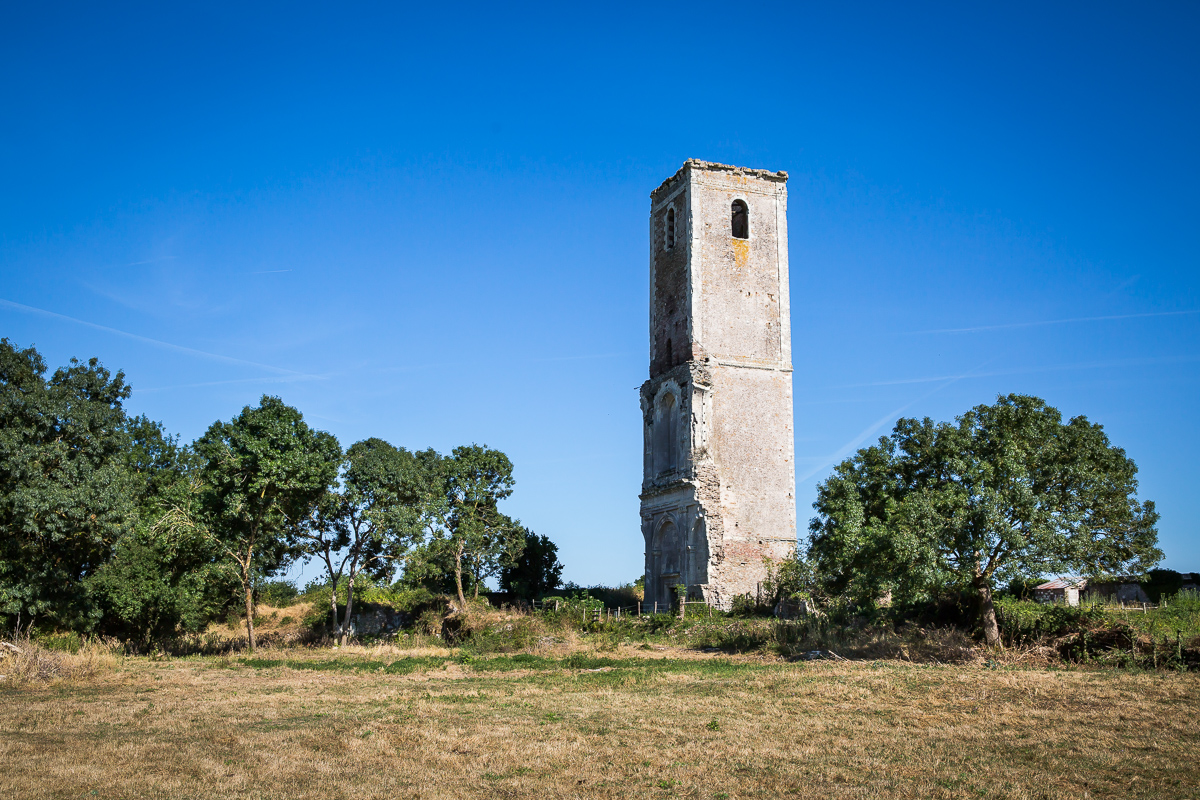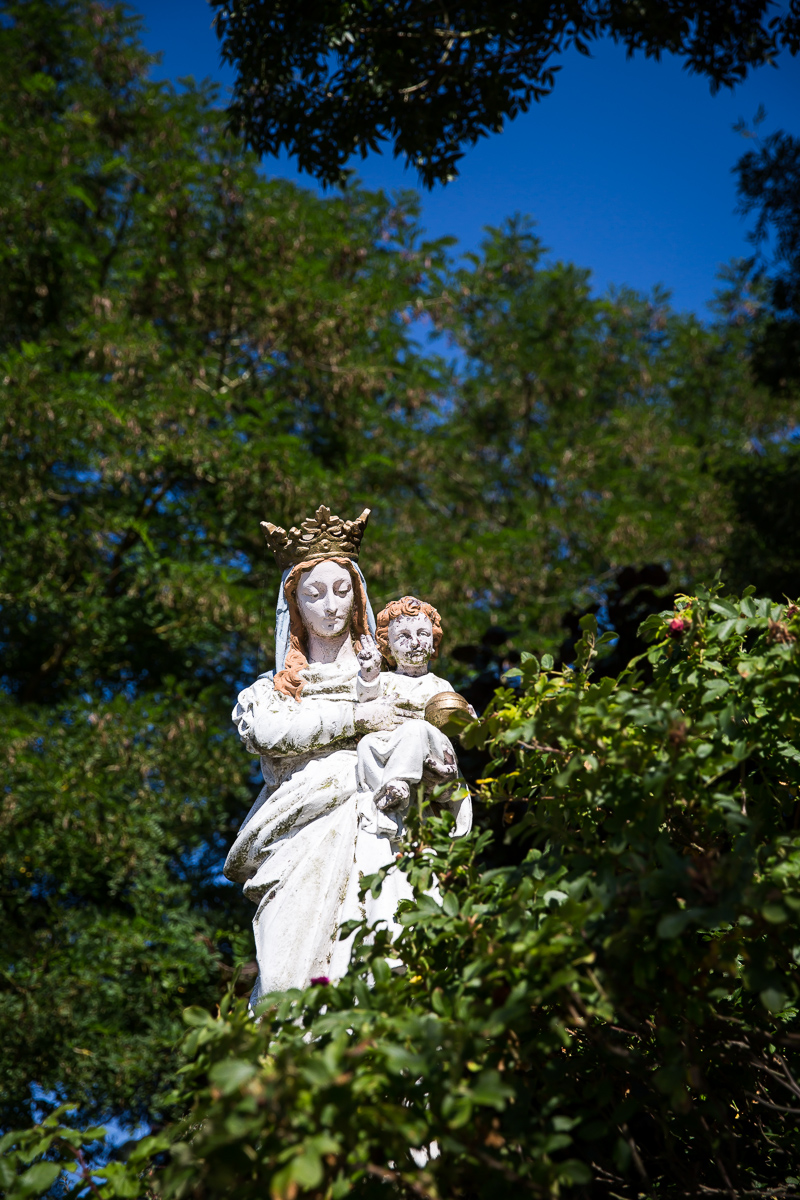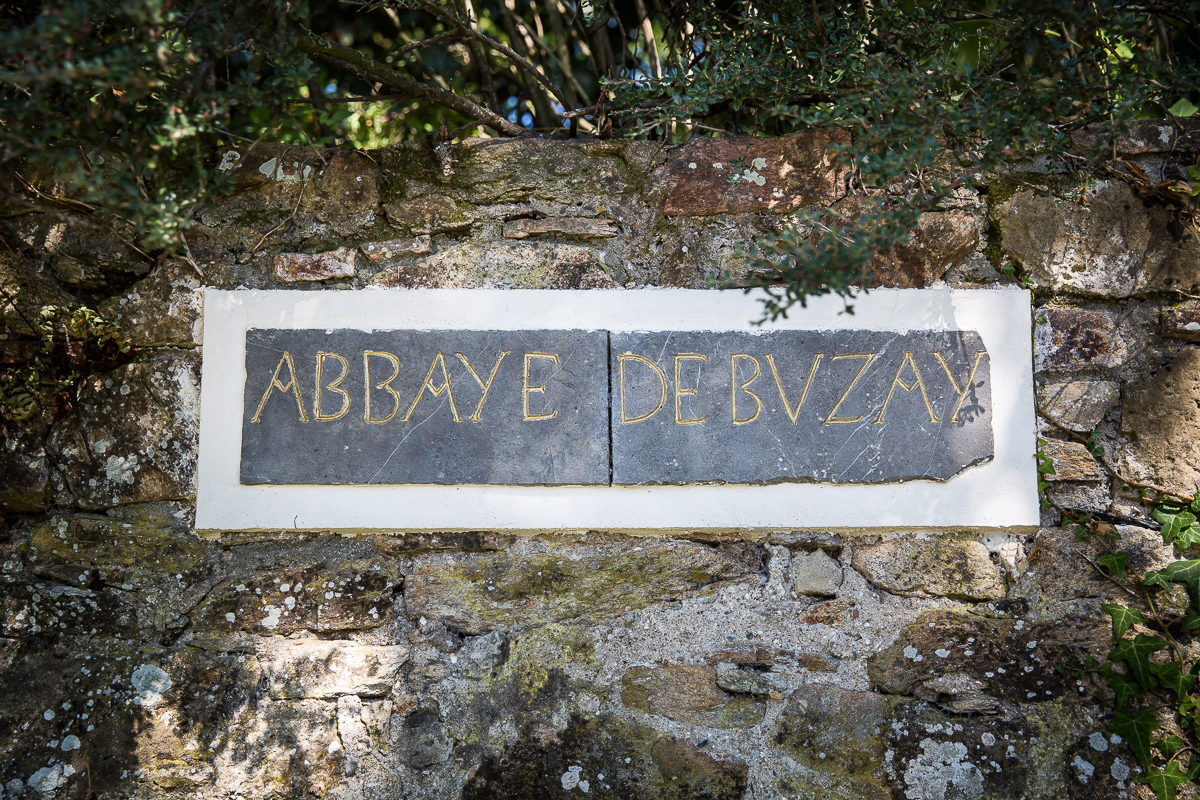A history of Notre-Dame de Buzay abbey
Let’s start with the Middle Ages, when Buzay Abbey was founded:
Duchess Ermengarde d’Anjou, mother of Conan III, Duke of Brittany from 1112 to 1148, was very pious.
On hearing that Saint Bernard of Clairvaux was looking for a place to set up a monastery, she asked her son to donate his marshy lands on the island of Buzay to the monks of the Cîteaux order.
Notre-Dame-de-Buzay Abbey was founded in June 1135. The first community of around ten monks settled in this new abbey.
However, on his next visit a few years later, Bernard of Clairvaux was unhappy to find that the buildings on the site were not in the state that Conan III had promised to restore them to, and that his monks were living in unhealthy buildings. What’s more, the Duke of Brittany had even withdrawn some of the rights granted to the new abbey.
He ordered his monks to abandon the site and return to Clairvaux if the Duke of Brittany did not comply. Conan, confused, hastened to make amends by giving more than he had the first time (second foundation charter drawn up around 1143).
The meadows were fertile and the monks quickly grew rich. The initial concessions were confirmed by dukes and kings. Property increased considerably, either through donations or through acquisitions made by the religious community. As a result, Buzay Abbey became the wealthiest abbey in Brittany and one of the ten richest abbeys in France.
The monks of Buzay owned a great deal of land in the Pays de Retz. They played a major role in the economic development of the region.
However, the War of the Breton Succession and the Hundred Years’ War were detrimental to the abbey’s trade. It had to sell parcels of land to the lords. It is said to have been damaged in 1373.
Buzay Abbey became a commendatory abbey in 1474 (in the early centuries of the Church, the commendatory system (from the Latin in commendam, meaning provisional) applied to vacant abbeys and bishoprics to which the Pope temporarily appointed a bishop or abbot who had been deprived of his see by invaders).
Modern period
Buzay Abbey was rebuilt in 1755.
It was during the 18th century that the abbey enjoyed a period of great prosperity, when an engineer trained in the Poitevin marshes was called in to reclaim the marshes. It was at this time that the Buzay canal was dug (between 1720 and 1775), to facilitate navigation between the Loire and Lake Grandlieu, by local lords: the Binet de Jasson.
As the canal was to cross the lands of Buzay Abbey, the abbot, Lefèvre de Caumartin, agreed to the creation of the Société du Canal de Buzay (royal decree dated 14 February 1713).
The abbey’s wealth came from the income from its tenant farms and from salt production in the Baie de Bourgneuf.
Revolutionary period
The site was no longer maintained at the time of the Revolution. As the abbey had become national property, its assets were sold at auction (until 1805).
The liturgical furnishings of Buzay Abbey were dispersed:
The bells were transferred to Chartres cathedral.
The high altar in coloured Italian marble was sculpted in Rome around 1775. It was sold at auction in 1792 and installed in the church of Saint-Louis de Paimbœuf.
The old side altar had been stored since the end of the 18th century in a shed belonging to the diocese. Enthusiasts rediscovered it and chose it to replace the block of stone that served as the altar until the Basilica of Saint-Donatien and Saint-Rogatien in Nantes burnt down in June 2015 (consecration in December 2022).
The pulpit also dates from 1755. It was bought at auction in 1791 for the church of Saint-Pierre in Bouguenais.
The stalls ended up in the church of Saint-Symphorien in Couëron. These high-backed wooden seats on either side of the choir were reserved for members of the clergy. The misericords (seat backs) on these stalls are carved with figures.
The chalice, now owned by the church of Sainte-Anne de Vue, was acquired by a former monk from Buzay Abbey, who became the parish priest of Vue.
A crucifix can be found in the chapel of Sainte-Anne de Tharon-Plage in Saint-Michel-Chef-Chef. It is believed to be the oldest crucifix in the Pays de Retz, dating from the 14th century.
During the Vendée wars, the site was occupied by Republican troops, who used it as their headquarters. The Royalists attacked them and set fire to the buildings. The fire destroyed the entire abbey.
Today, all that remains of Buzay Abbey is the square tower that can be seen by walkers. This is the old bell tower dating from 1755, today a reminder of this vanished site.
Worth knowing
The private site is not accessible. However, a guided tour is available during the European Heritage Days on the third weekend in September.
| Period (s) | Morning | Afternoon | Opening day | Closing day |
|---|
-
Historic site and monument category



